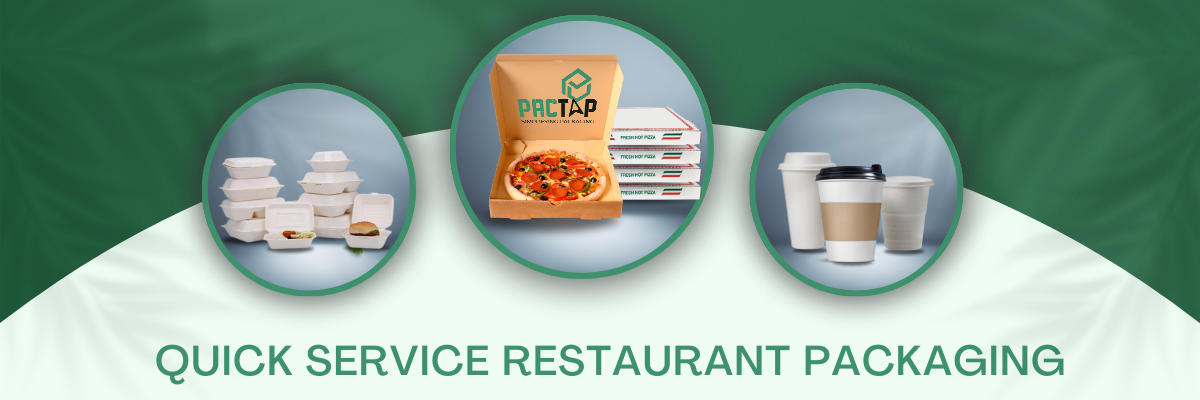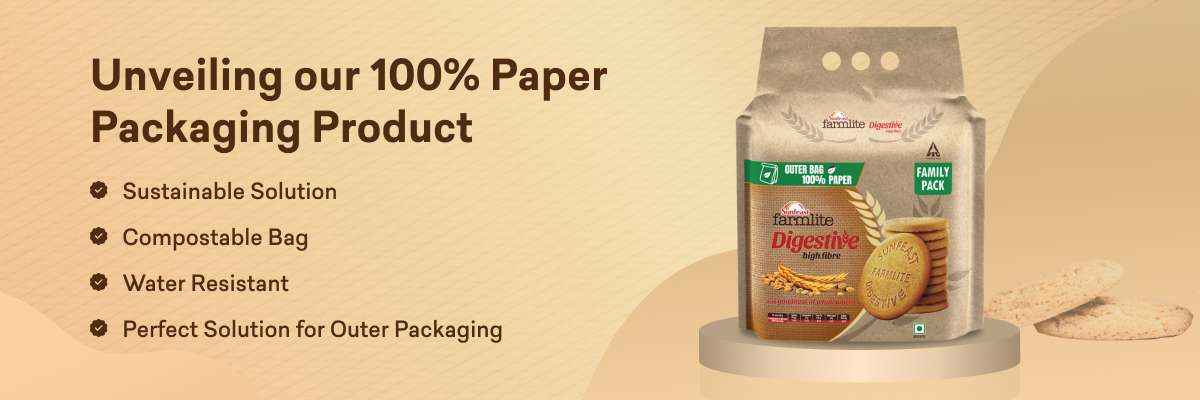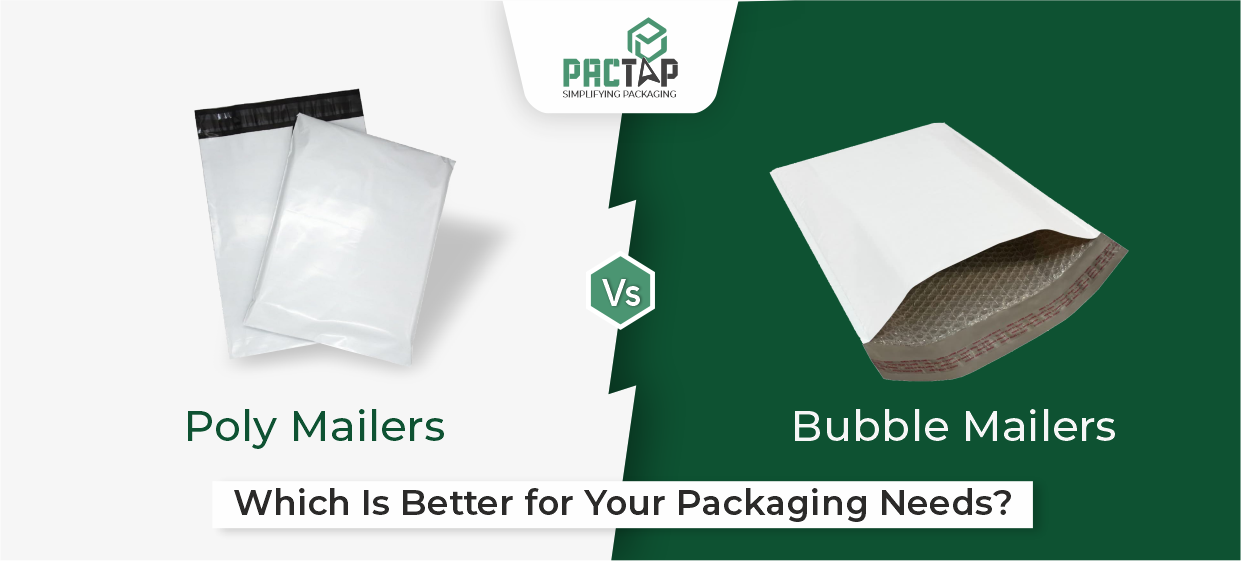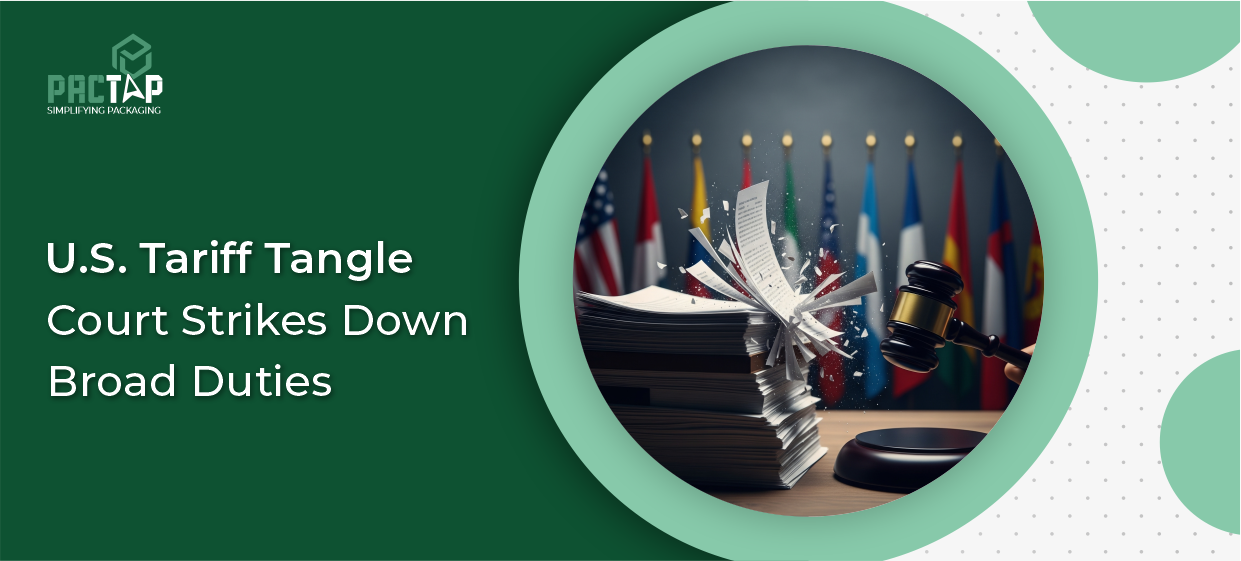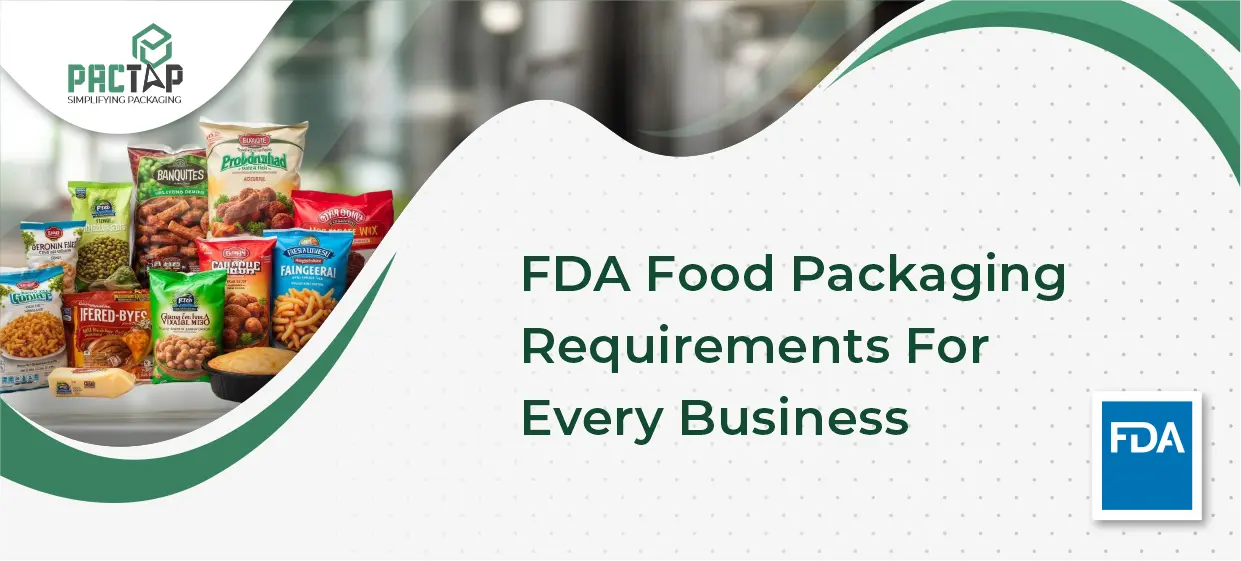Quick Service Restaurants (QSRs) have long been synonymous with speed, convenience, and the delightful flavors they serve up. However, a quiet revolution is taking place in an unexpected corner of the industry – packaging.
Driven by consumer demands for sustainability, convenience, and an enhanced brand experience, QSRs are redefining how they package and present their offerings. Here, we will explore the key trends shaping the future of QSR packaging and the motivations behind these innovations.
From Plastic to Planet-Friendly
Consumers are increasingly vocal about their environmental concerns, and QSRs are heeding the call. Plastic, once the go-to material for packaging, is losing its appeal as brands transition to more sustainable options. Compostable and Biodegradable materials like cardboard, bagasse, plant-based plastics, paper, and compostable food wraps are gaining popularity.
Paper and Cardboard
Traditional materials like paper and cardboard are returning, boasting improved moisture and grease resistance through innovative coatings and treatments.
Bagasse
Bagasse containers made from sugarcane pulp, known as bagasse, are not only 100% biodegradable but also offer excellent heat retention for hot food items.
Plant-Based Plastics
Plant-based plastics are created using renewable resources like cornstarch. They are eco-friendly alternatives to traditional plastics derived from fossil fuels—a guilt-free alternative to conventional polyethylene.
Compostable Food Wraps
These plant-based wraps replace plastic wrap, keeping food fresh while biodegrading quickly, which addresses concerns over plastic waste.
Leading quick service restaurants (QSRs) are already making strides towards more sustainable packaging. Some major chains have introduced fiber packaging for dessert cups, offer compostable cold drink cups, and have shifted to bowls made from recycled paper pulp.
Convenience Reigns Supreme: Packaging Built for Busy Lives
In our fast-paced world, convenience is non-negotiable. QSR packaging is evolving to seamlessly integrate into our on-the-go lifestyles with features designed for ease of use.
Single-Hand Operation
Resealable pouches, easy-open containers, and one-handed closures are becoming the norm, making eating on the go a breeze.
Portion Control
Smaller portions with individual packaging cater to solo diners and the growing snacking trend, ensuring consumers can enjoy their favorite treats without waste.
Leakproof and Spill-Proof Designs
Innovative packaging materials and closures end soggy fries and messy salads, ensuring that food arrives intact.
Leading quick service restaurants (QSRs) have embraced sustainable packaging changes. Popular Mexican fast food chains now offer some of their signature items in handy fiber sleeves, major chicken fast food chains provide salads in leakproof lids made from plants, and global burger chains have introduced portion-controlled dessert snack cups.
Branding Goes Beyond the Logo: Packaging as a Storytelling Tool
Packaging is no longer just a vessel; it’s an extension of a brand’s identity. QSRs use packaging to tell their story, forge emotional connections with customers, and stand out in a crowded market.
Minimalist Design
Clean lines, bold colors, and uncluttered layouts create a premium feel and resonate with modern consumers seeking simplicity.
Sustainable Messaging
Highlighting eco-friendly materials and practices builds brand trust and aligns with consumer values, contributing to a positive brand image.
Unique Shapes and Colors
Eye-catching packaging grabs attention and makes brands memorable in consumers’ minds.
Several popular quick-service restaurants are championing sustainable packaging practices. Their signature items are housed in unique, unbleached boxes for burgers, vibrant bowls with discreet logos for customizable meals, and cups adorned with seasonal artwork that changes with the time of year.
Delivery Dilemma: Packaging Optimized for the Journey
With the surge in food delivery, QSRs face new challenges in ensuring their offerings reach customers in optimal condition. Packaging solutions have emerged to address these concerns.
Temperature-Controlled Packaging
Insulated bags and liners maintain the temperature of hot food and keep cold items chilled during the journey.
Stackable and Tamper-Evident Designs
Secure closures and sturdy construction prevent spills and tampering, ensuring food arrives safely and as intended.
Sustainable Delivery Options
As environmental concerns extend to delivery-related waste, reusable containers and alternative packaging are gaining traction.
Quick service restaurants (QSRs) are adapting to the shift towards more sustainable packaging. Major food delivery platforms have introduced insulated bags to keep food warm, large pizza chains have experimented with innovative self-heating pizza boxes, and popular delivery apps have partnered with companies offering reusable containers for deliveries.
Technology Meets Packaging: Innovation on the Horizon
Technology integration into packaging is poised to revolutionize the QSR industry further. Emerging trends include:
Smart Packaging
Sensors embedded in packaging can track temperature, freshness, and tampering, ensuring food safety and quality.
Edible Packaging
Made from materials like seaweed, edible packaging eliminates waste, offering a sustainable alternative to traditional packaging.
Personalized Packaging
Customized packaging with dietary information or greetings adds a personal touch, enhancing the overall customer experience.
While these trends are still in their early stages, they offer a glimpse into the future of QSR packaging—a future that is sustainable, convenient, and personalized.
Conclusion: The Future of QSR Packaging is Here
The QSR packaging landscape is undergoing significant changes. Sustainability, brand storytelling, convenience, and delivery optimization are now essential components of any successful QSR strategy.
QSRs must adapt and innovate in packaging to remain relevant and thrive in the industry as consumers become more environmentally conscious and demand personalized experiences.
The future of QSR packaging is not just about delivering food; it’s about providing an experience that aligns with the values and expectations of today’s consumers.
